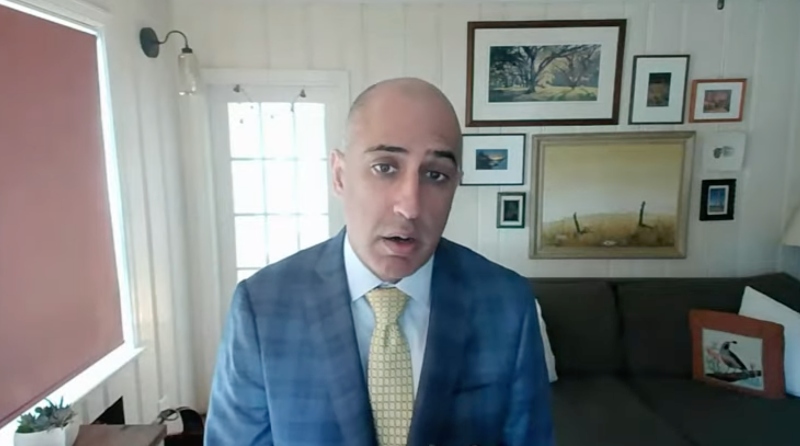
On March 2, 2021 associate professor of health care policy Ateev Mehrotra, MD, MPH, testified before the United States House of Representatives Committee on Energy and Commerce. Mehrotra’s testimony was part of the subcommittee’s “The Future of Telehealth: How COVID-19 is Changing the Delivery of Virtual Care” hearing.
In a statement titled “Telemedicine: What Should the Regulatory and Payment Landscape Look Like Post-Pandemic?” Mehrotra outlined the importance of telemedicine and the related payment and regulatory challenges that policymakers face. Although its use incrementally increased over the last few years, the COVID-19 pandemic sparked a dramatic uptick in the use of telemedicine. However, as the pandemic has continued, some health care providers have migrated back to in-person appointments due to anxiety about the long-term sustainability of telemedicine.
While the pandemic is not yet over, Mehrotra urged that the time to consider long-term telemedicine policies is now. Policies concerning payment and regulation of telemedicine will make telemedicine easier to adapt to and utilize for both providers and patients. Mehrotra recommended ways to increase access and availability to telemedicine such as an increased use of alternative payment models, covering all telemedicine appointments for high-risk patient populations who lack access to care, and encouraged consistency across insurers.
“There is obviously no single optimal policy for telemedicine,” Mehrotra said, “And I acknowledge that the coverage decisions and payment choices recommended are by no means perfect. They will deter some effective forms of telemedicine and do add administrative burden. However, I believe they represent the best way to encourage high-value applications of telemedicine and encourage a necessary transformation of our health care system.”
Mehrotra also presented as part of the California Assembly’s “Telehealth Policy in California Post Pandemic” informational hearing, speaking on the policy framework for post-pandemic payment and regulations for telemedicine.